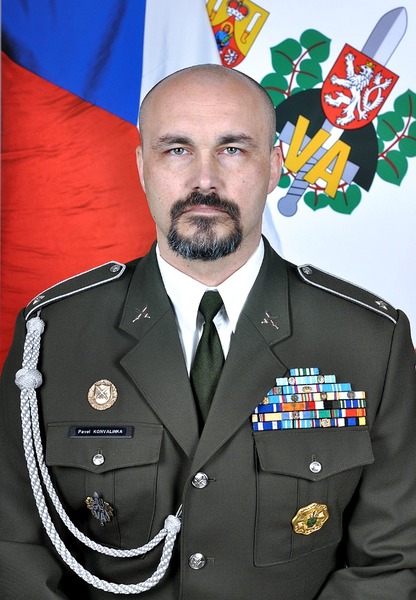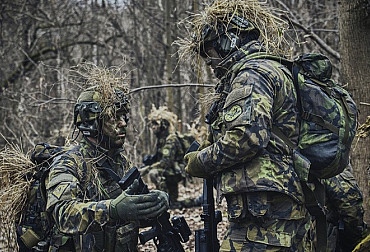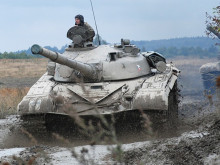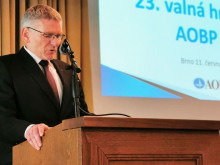Pavel Konvalinka: My task is to train motivated and physically fit soldiers
The current commander of the Basic Training Section, Chief Warrant Officer Pavel Konvalinka, is a graduate of the Military High School in Opava and subsequently in Vyškov. He began his career in 1997. During his career, he served as Chief of the Chemical Service of the Castle Guard, Commander of the Radiation and Chemical Reconnaissance Team (RCHPZ) of the 9th Company of Immediate Reaction Forces, Battalion and Brigade level Training Instructor at the 31st Brigade of Radiological, Chemical and Biological Protection (brchbo), 51st NSE (National Support Element) and 7th Mechanized Brigade (mb), Chief Warrant Officer of the 74th Light Motorized Battalion and 7th Mechanized Brigade. During his career, he was deployed in foreign operations in Bosnia and Herzegovina, Kuwait, Iraq and Afghanistan. He completed diving courses, ITC BMATT (Instructor Training Course), Drill Sergeant (USA), Preparation and management of combat in urban area, TACOPS CIED (Turkey), CIED TTT Course (Croatia), IEDD MTC (Germany), and Sergeant Major Course (USA).
Picture: Chief of the Basic Training Section VeV-VA Chief Warrant Officer Pavel Konvalinka | Ministry of Defense of the Czech Republic
Mr. Konvalinka, can you briefly describe your position to us? What is your task?
I command a unit whose task is to train motivated and physically fit soldiers who have the prerequisites for service in the Armed Forces of the Czech Republic. We are the gateway to every soldier who joins the Army, whether as professionals or active reservists. They will acquire the initial habits associated with military routine and the necessary skills, in accordance with applicable military regulations and internal standards.
Concerning your position, it is quite interesting that this is mostly held by officers abroad. Why is the Czech Army going in a different direction?
The Czech Army command decided to restructure the original center of basic training for the basic section and the position of the entire unit on the basis of the warrant officer and non-commissioned officer corps. I can only sense that the decision goes hand in hand with a new concept in which warrant officers will be responsible for training an individual.
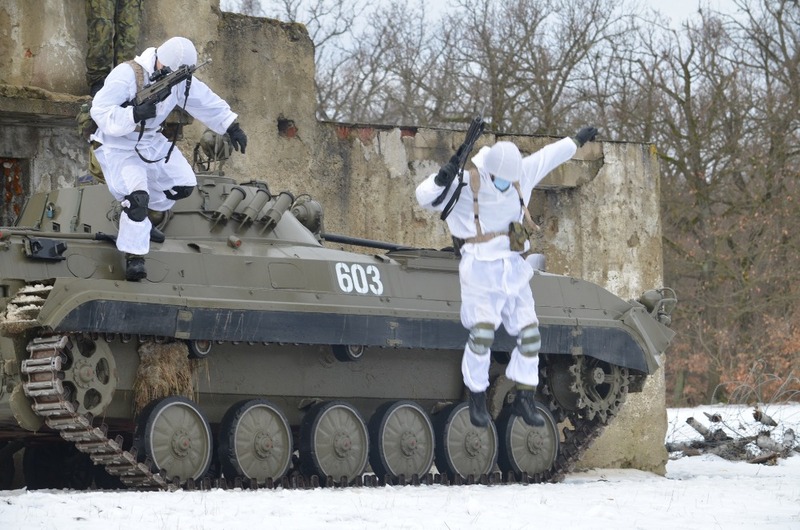
How long a period in the position of the head of the basic training section is, in your opinion, ideal, resp. after what time do you think a soldier should "rotate"?
I have a decisive time in place of 5 years. The ideal rotation in this position could therefore be between the 4th and 5th year. I am convinced that this is the ideal time. Staff need to change, not only to prevent some stagnation, but certainly to make career rules work.
Is there still as much interest in military service as the military has declared in recent years?
I confirm that. The numbers of recruits are in line with the planned numbers and I know that not everyone can be accepted. So they are diverted to later dates.
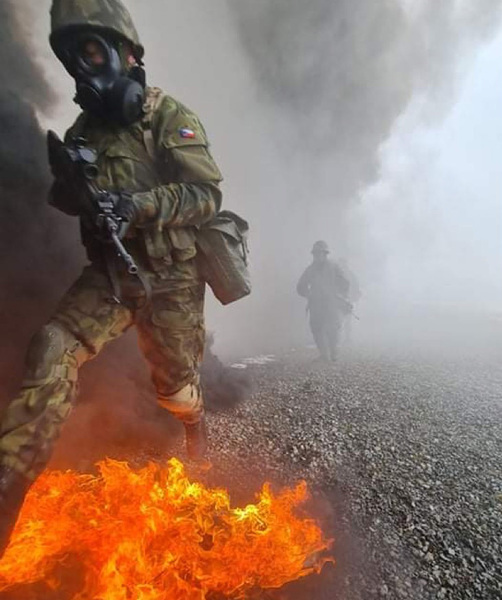
Picture: Overcoming a contaminated area on the obstacles of a flammable training ground | VeV-VA / Ministry of Defense of the Czech Republic
How many rounds of the Basic Training Course (KZP) are you able to plan per year, for how many people?
This is a question that cannot be answered well enough. We currently have 2 courses quarterly. One course for new professionals and one course for active reserves and soldiers sent for voluntary military exercises. They always start on the first working day of every second month of the quarter. It ends after taking the leave and entitlement to regular leave at the end of the third month of the quarter. Approximately 2,500 people take courses every year. In the first months, we invest in the evaluation of previous courses and instructional and methodical employment, where we primarily focus on the training of instructors. And this is an ideal profile. If we increase the number of courses or the number of recruits, it would have an impact on the quality of the above, or on human potential, or instructors.
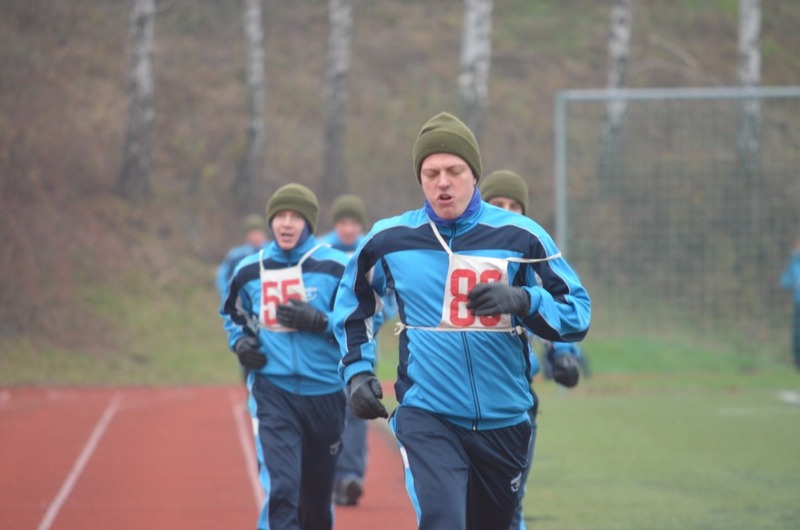
Let's consider that I am interested in joining the Czech Army, I will go through everything I need and a basic training course awaits me. What does this course look like, how long is it and what will I learn in it?
The basic training course can very simply be characterized as a course in the basic skills of a soldier preparing for war. The course aims to acquire 22 basic skills of the individual, where at the top are two primary tactical activities, namely attack, or assault, and defense. All other skills help to achieve these goals.
According to the new Training Programs, the course is framed by 240 training hours. We start at 5 o'clock and end at eleven in the evening. The first days are used for medical examinations, equipment, packing things and getting acquainted with army routines and drills. After these first about 5 days, the right pace begins. Warm-ups, training in a wide range of subjects, from physical training, shooting, drill, topographic, medical, connecting, protection against weapons of mass destruction, to tactical training. We work to make every day a challenge, to have clearly defined goals and to entertain and motivate course participants to perform even better through sweat and fatigue.
But this requires quality staff. The best of the best. Because only the best instructors can do their best and pass it on to newcomers.
Are those interested in joining the Czech Army at this time with regard to covid-19 any exceptions?
There are certainly exceptions due to the covid. But relatively drastically, the limitations prevail. For example, that recruits are not tested for physical fitness before entering a basic training course. This is the only exception at the moment. Then there is only a whole range of limitations that result from the current situation. Isolation from the outside world, respirators, recruits are in the garrison throughout the course, etc. The covid course is simply different. However, it does not lose its pace and demands.
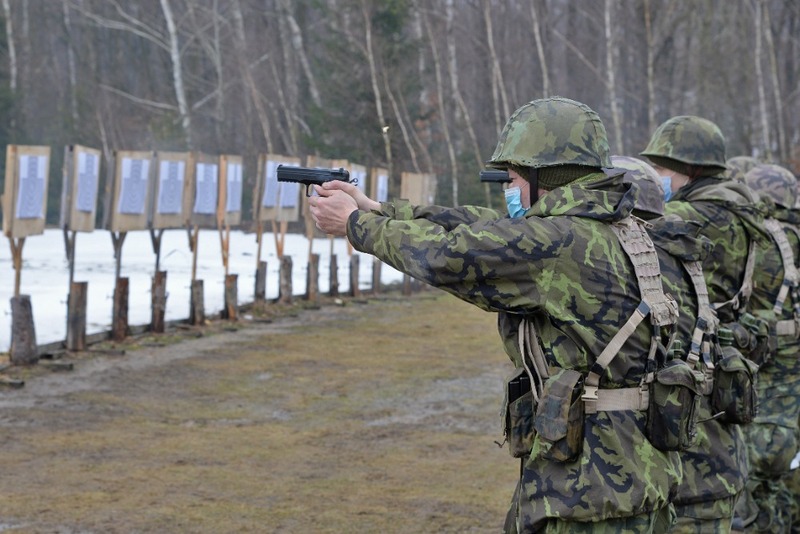
What was the general impact of the coronavirus pandemic for you in the context of training? How long did the adaptation to the condition take?
The course indicated some changes for the reasons described above, but in principle the impact on the quality of training was minimal. Rather, we deal with organizational matters. This condition affects such daily routines. Evaluation of the day, preparation for employment the next day, etc. But we gradually adapted and overall it works. However, we are looking forward to the moment when covid will be just a thing of the past and everything will return to the right track.
Is it possible to compare the current course of basic training with the previous training of soldiers of basic military service, as many know from previous years?
Definitely yes in most things. And I'm sure it's good. Military discipline and drill have an undeniable role in educating newcomers. In training, we return to activities that we often forget. Fight with an assault rifle with fixed bayonet, fight with field shovel, assault the defensive position of the enemy in positional defense, warming up. We want all soldiers to be able to join any combat unit after the basic training course and, after simple training on a weapon system or weapon, to attack the enemy's position, or to defend our country hard.
Is the system of the current KZP inspired by some of the foreign similar courses?
I admit that some of the elements that we have applied, and will continue to apply, are based on our experience after completing basic training courses for the US Army and Marines. We were also inspired by earlier "receivers" (initial courses). In both cases, we do our best and try to do it as best we can.
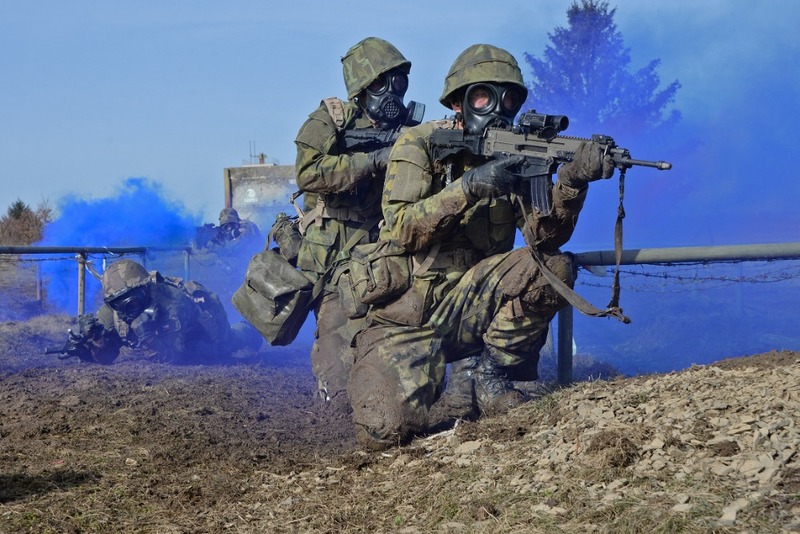
Examples include the creation of new training documentation. There we were inspired by the US military. Our ambition is to have standardized documentation, according to which all instructors will conduct the training uniformly. We will also lead to our internal permanent education.
We work with the Center for Physical Training in Vyškov on the concept of physical training during the course. We want intensity, motivation, we want to move the course participants, however, we also want to think about compensatory exercises to prevent overtraining and possible injuries.
But above all, we follow motivation and personal example. Today's generation is not bad, as is often talked about. It just needs example. So we start with ourselves and if we preach water, we drink water too.
When selecting new members of the Czech Army, do you take into account only the physical condition or is the psychological motivation of the applicant more important for you, with the fact that a weaker physical condition can be rectified with him in time?
We have set standards for assessing physical training. We test soldiers at the beginning, during and at the end of the course. We monitor performance, progress and motivation. Motivation is on the same level for us as any skill or ability.
However, the results of physical training are currently not a criterion for completing a basic training course. It might seem like a small win for recruits, but the opposite is true. If the course participant does not meet the required limits from physical training, but has demonstrated the will, knowledge, skills and motivation for all other subjects, I have no moral problem in letting him successfully complete the course. However, after joining the unit, they will bear the burden of those who have not completed their physical education, and thus become a complication. And it's not a good start to come to a combat unit and not have a completed gym. So we try to make sure that all course participants meet the required limits and lead them to better results every day.
Is there anything you would change in the future within KZP or are you satisfied with the current situation?
I would certainly like to ensure that the Basic Training Department is a unit where only the best of the best will serve, who will fulfill their two / three-year mandate with the unit and then, because they are the best, return to the departments enriched with basic training experience.
I would also like the graduates to be proud of themselves at the end of the course and to feel in their hearts the words of the oath that they will then follow throughout their military career.
















